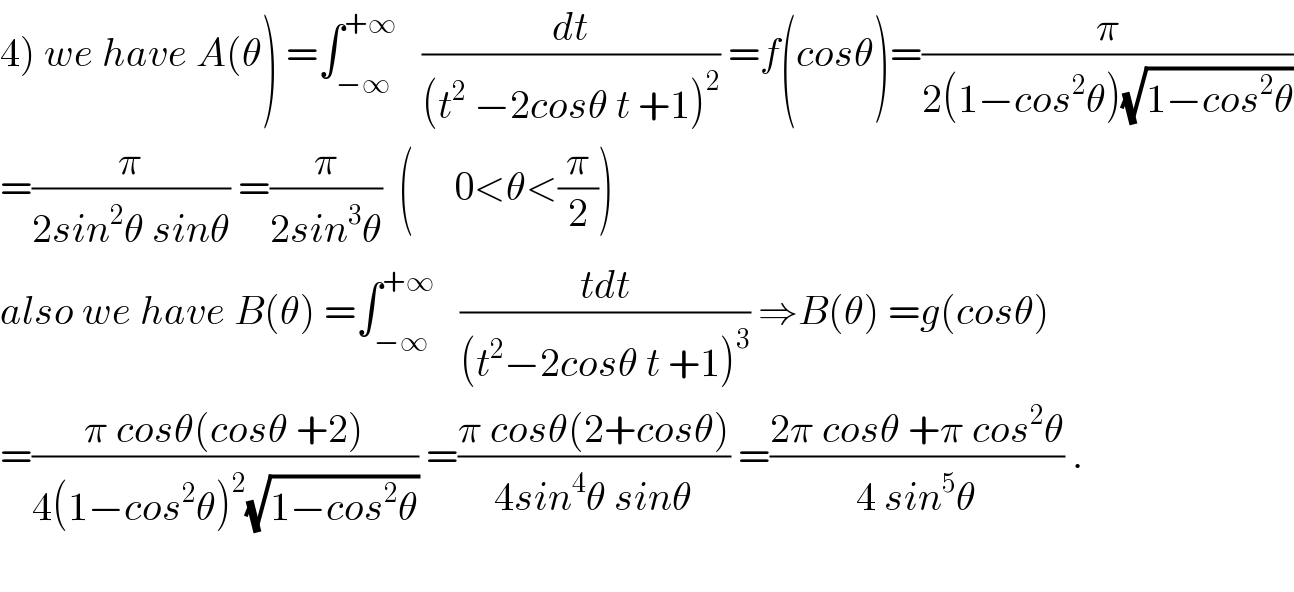
Question and Answers Forum
Question Number 57746 by maxmathsup by imad last updated on 10/Apr/19
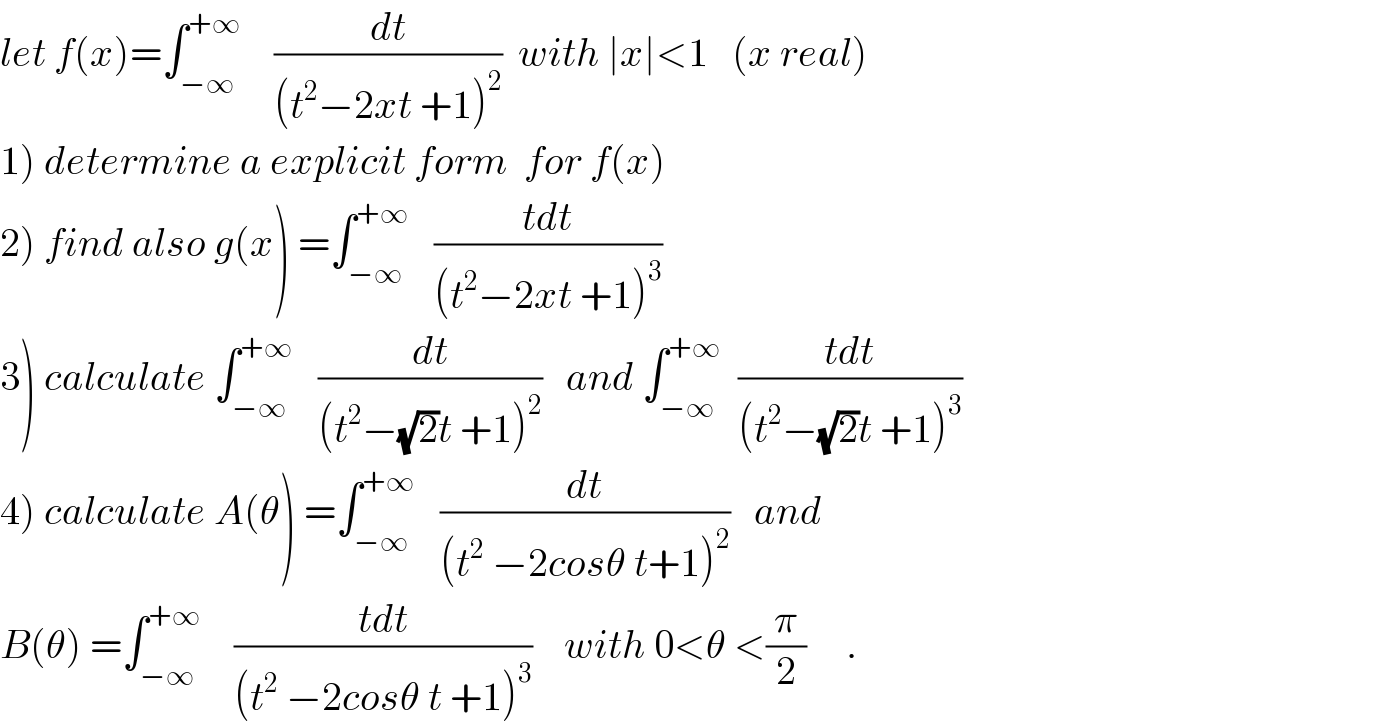
Commented bymaxmathsup by imad last updated on 13/Apr/19
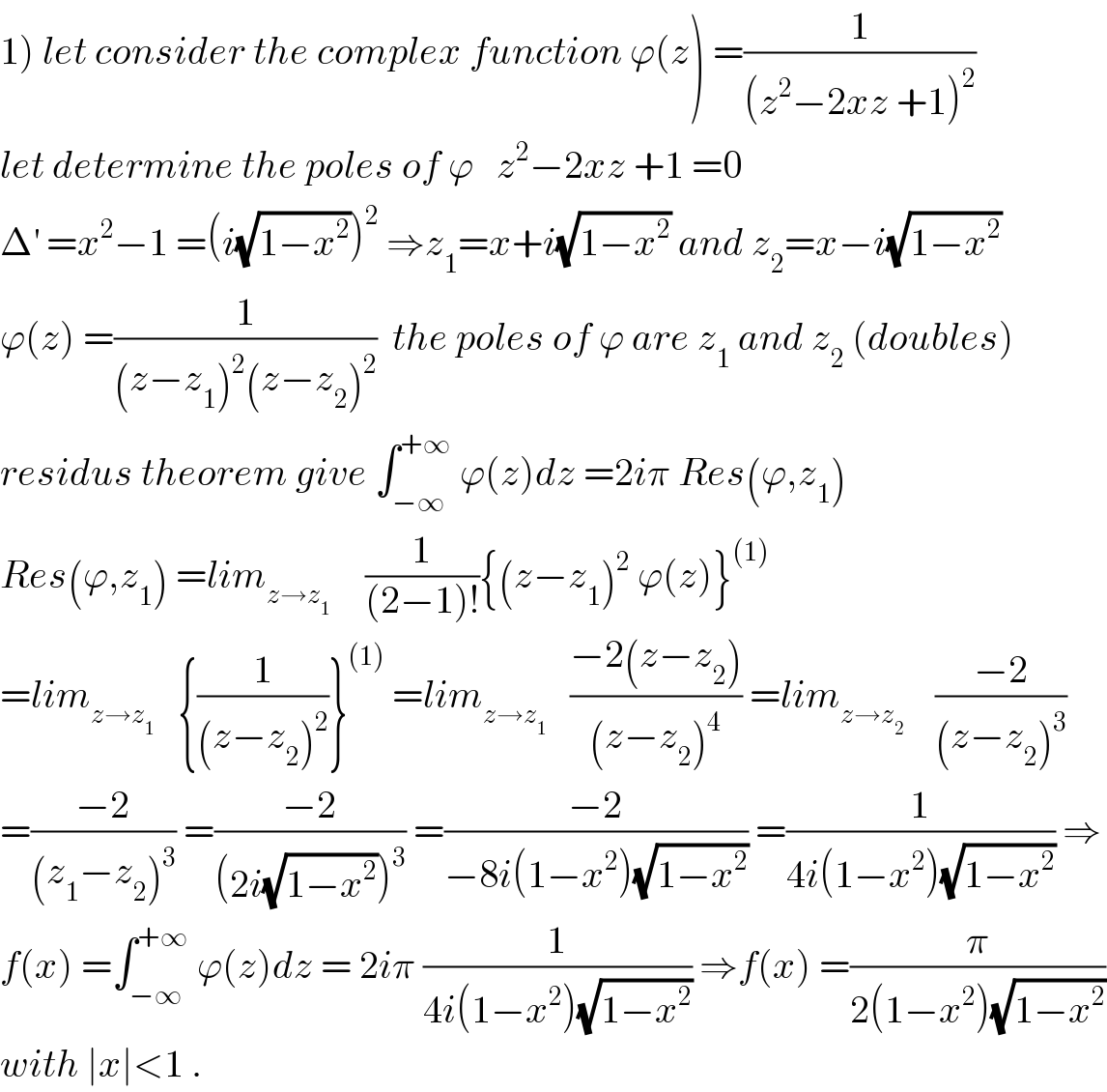
Commented bymaxmathsup by imad last updated on 13/Apr/19
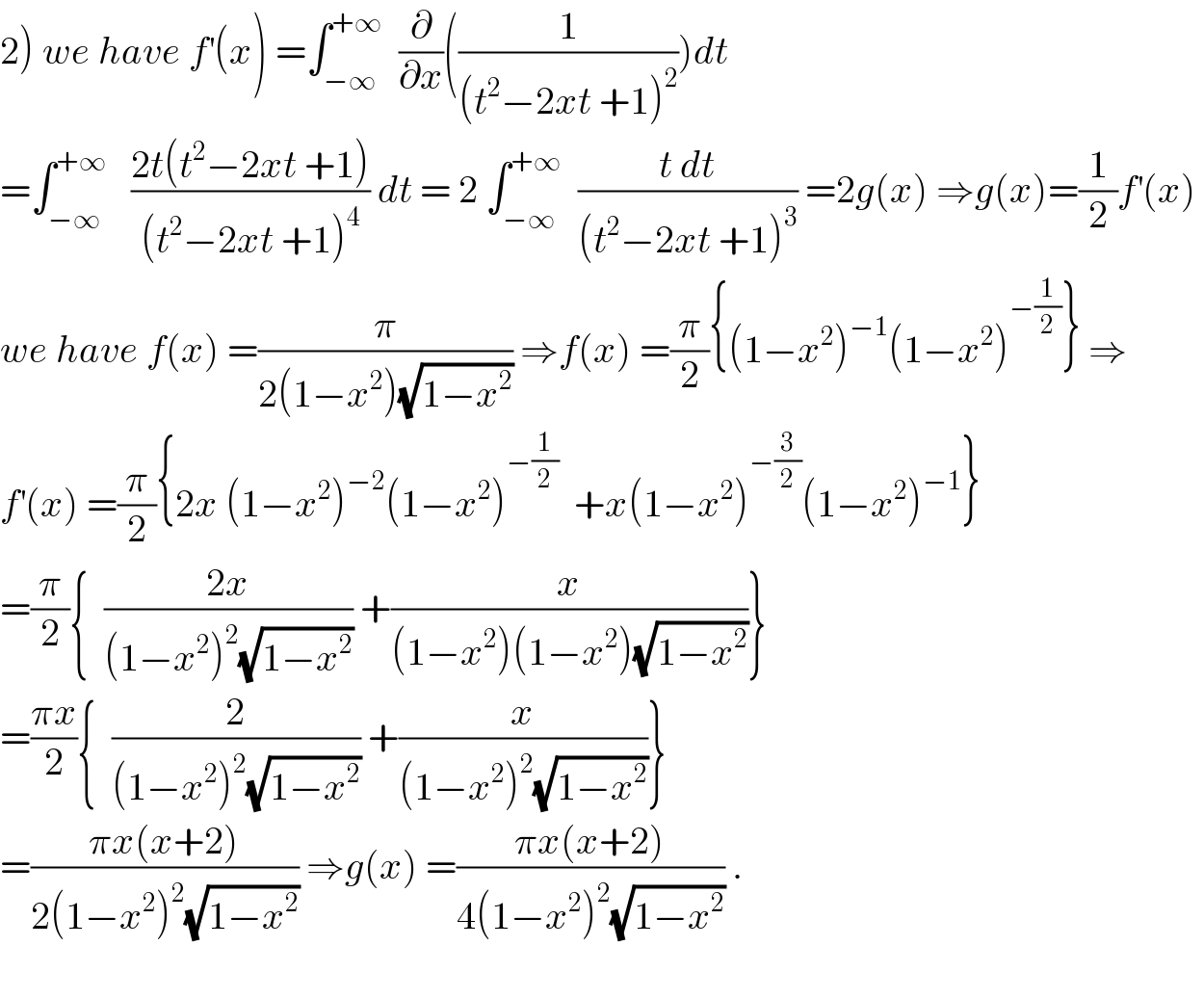
Commented bymaxmathsup by imad last updated on 13/Apr/19
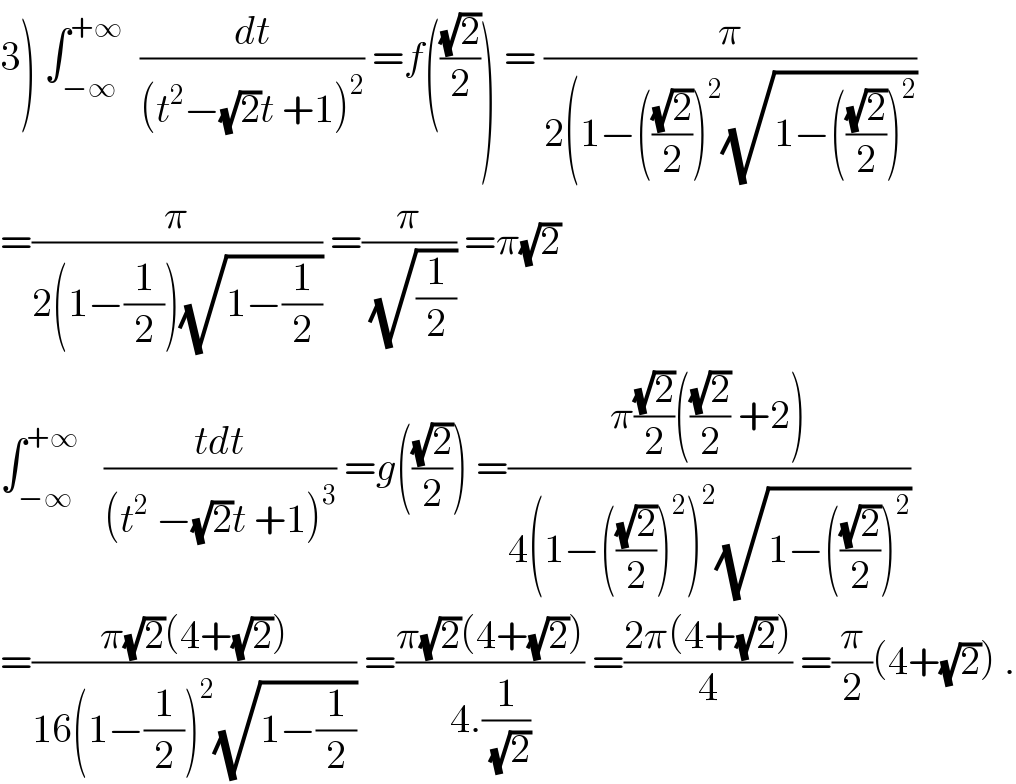
Commented bymaxmathsup by imad last updated on 13/Apr/19
